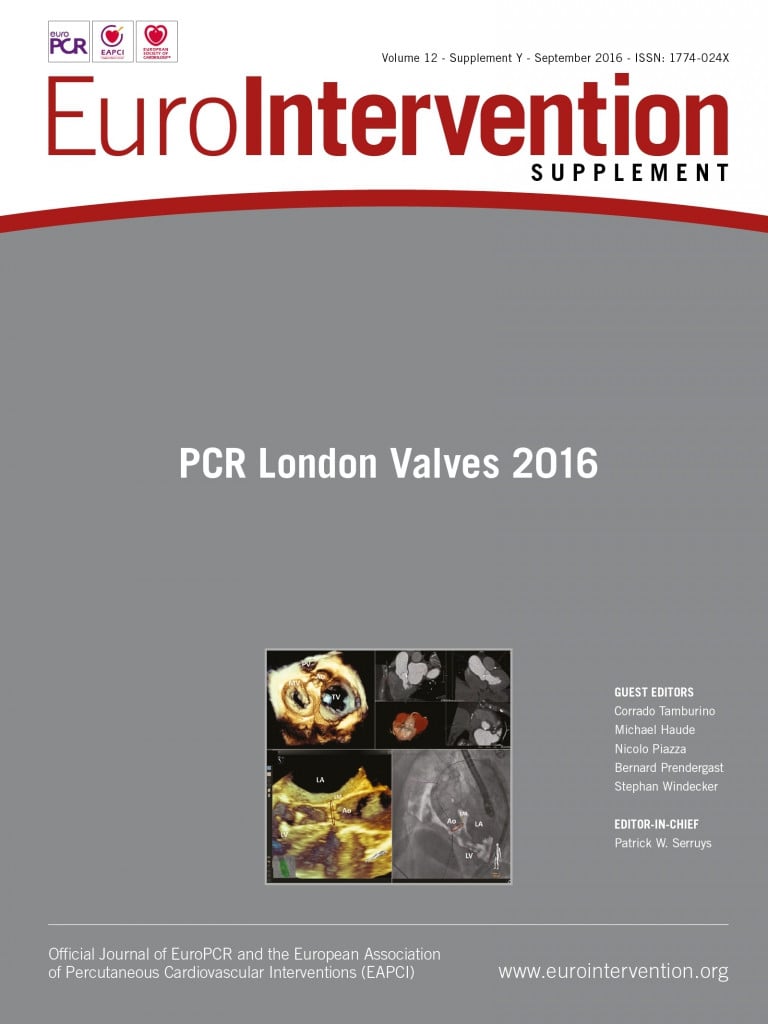Once upon a time, there was a new-born and extremely promising interventional technique just entering the scientific community of cardiologists and cardiac surgeons. This novel approach imagined the successful transcatheter implantation of a bioprosthetic aortic valve in patients with severe aortic stenosis. From its infancy, the transcatheter aortic valve implantation (TAVI) technique has grown, offering a halo of contrasting feelings. On one hand, there were a few optimistic and visionary physicians who were firmly convinced that this procedure was here to stay. On the other hand, there was an army of sceptics who did not – or would not – see a bright future for TAVI as they took into consideration the excellent outcomes of the traditional surgical valve replacement alongside a number of safety issues raised by the very first TAVI procedures. Today, almost 15 years from that first-in-human implantation, history is witness that TAVI plays a key role in the treatment of severe aortic stenosis; now considered as being the most effective treatment in inoperable patients and a reliable alternative to conventional surgical aortic valve replacement in high- and intermediate-risk patients. Along with increased operator experience, the technology has contributed in helping us make this definitive quantum leap. A number of new TAVI devices, so-called “second-generation devices”, have incorporated features addressing the limitations of the first-generation devices including paravalvular leak (i.e., lower profile, easier positioning, repositionability and retrievability).
Overall, the acute complication rates have been reduced, global health authorities are already extending indications for TAVI in larger populations and giving a green light to randomised trials in low-risk patients, and data on long-term durability seem promising. With all this, you might think that there is very little left to look at in this field. On the contrary, we believe that this is the very time when we need to reinforce our clinical and scientific commitment. In fact, there is still much to know about TAVI – such as the efficacy of TAVI in particular populations such as bicuspid aortic valves or low-risk patients – all of which is still poorly explored. In addition, new unexpected (or sometimes anticipated, but neglected) issues are arising from recent literature and need a prompt and appropriate reaction (i.e., early valve deterioration and thrombosis).
This section of the Supplement has been designed with this in mind; it is an attempt to address these issues and shed more light on the current knowledge of TAVI.
Conflict of interest statement
C. Tamburino receives speaker’s honoraria from Abbott and Medtronic. J. Fajadet has no conflicts of interest to declare.

